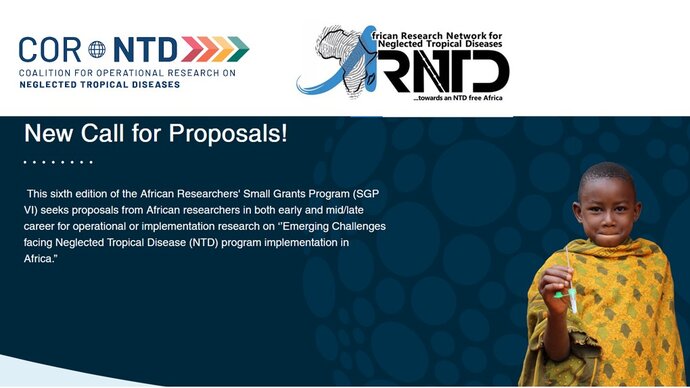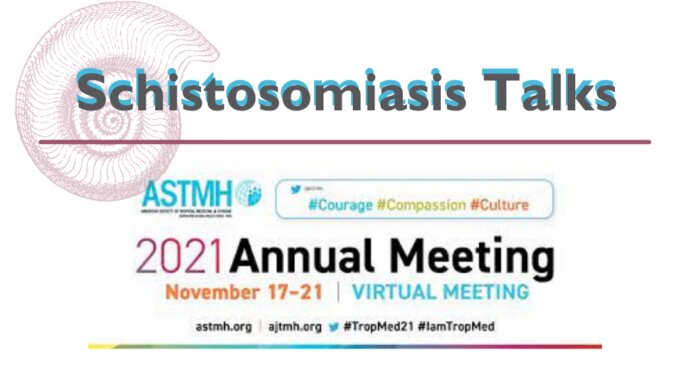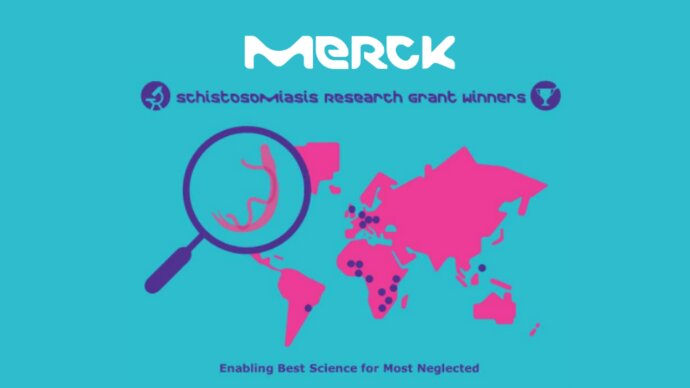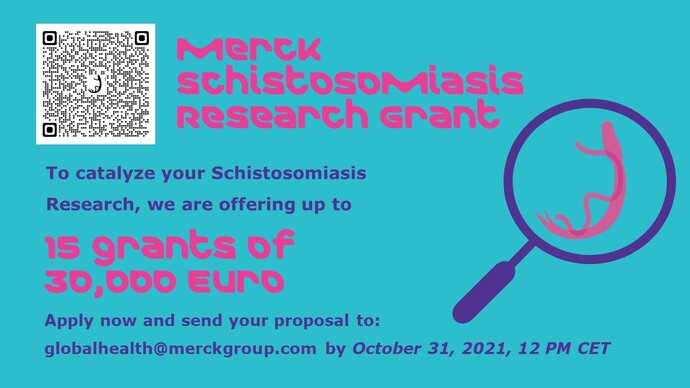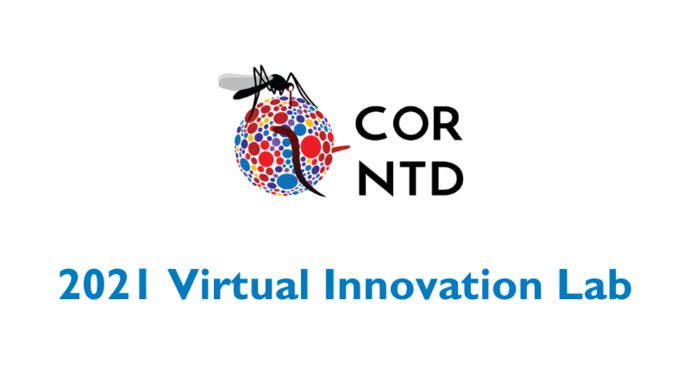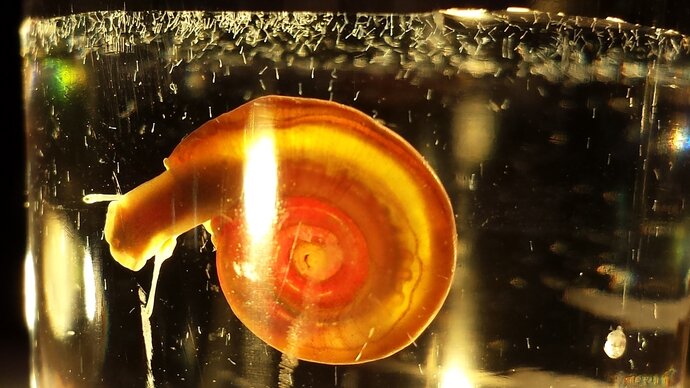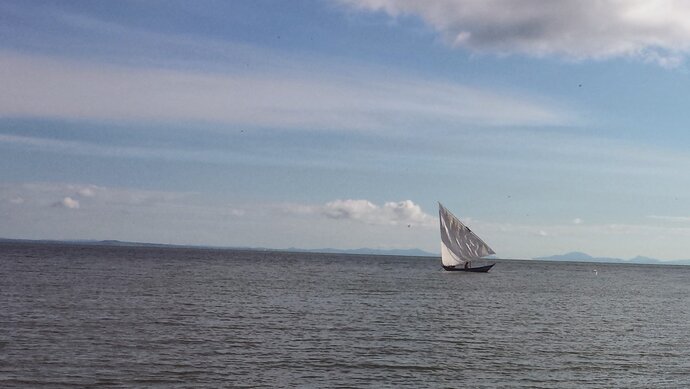Snail Vectors
Schistosomiasis transmission can not occur without a suitable aquatic snail species to act as intermediate host. The relationship between schistosome species and aquatic snails species is intricate and fascinating. Schistosome species will only infect specific species of aquatic snails and not others. Research into the diversity, molecular biology and ecology of these snail species can contribute to improved transmission control and surveillance.
This group convenes together researchers working on the snail intermediate host of schistosomiasis to facilitate communication, address barriers to research and identify potential solutions. Areas of focus include:
- Addressing common challenges to the collection and procurement of snail strains, specimens, and materials for research.
- Collecting and sharing snail-specific protocols.
- Discussing new research into snail biology and control.
The GSA Snail Vector Working Group focuses on:
- The ecological and epidemiological aspects of malacology and snail control/management. Topics include geo-spatial mapping of snail distributions, predictive modelling, species identification, snail control and management approaches and technologies.
- The molecular biology and genomics of schistosome-vectors, with particular interest given to the study of lab-adapted model strains. Topics of discussion include optimized molecular biology techniques (e.g., high-molecular weight DNA extraction); high-throughput sequencing technologies (e.g., PacBio, ONT, Illumina, Hi-C); and snail/specimen/sample procurement, transport, and lab rearing.


